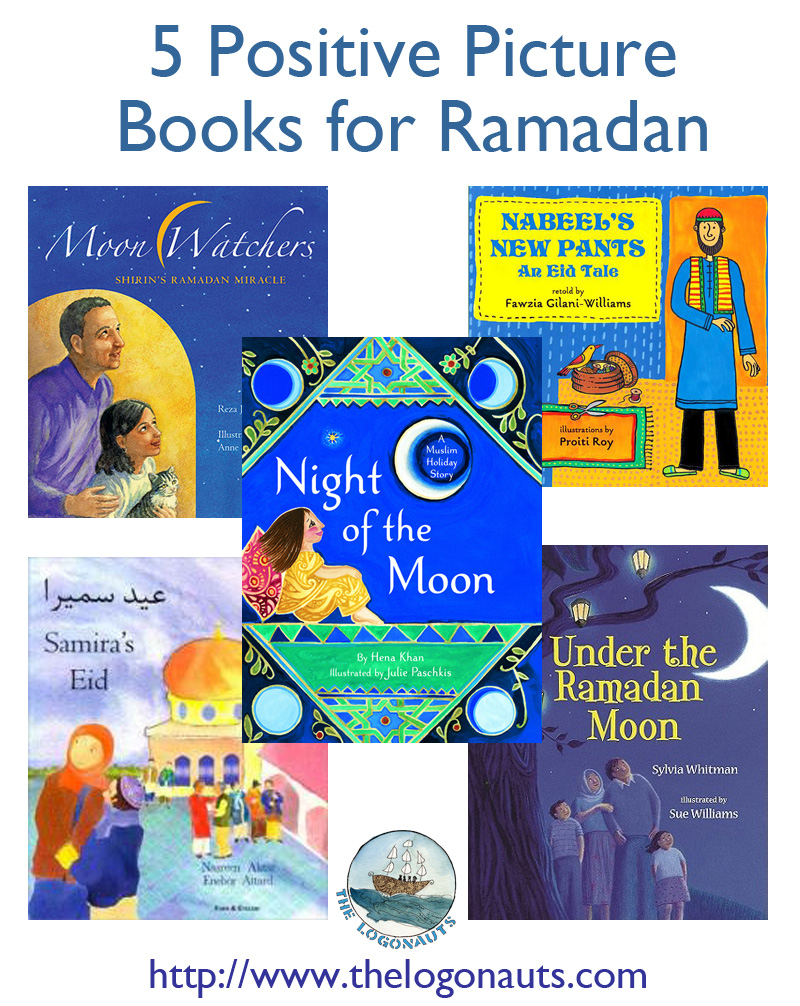What do you value? Where and how we allocate the precious class time that we have shows a lot about what we, as teachers, value. Two years ago I made the decision to schedule time every week for poetry.
Poetry Friday made an immediate and lasting impact on my students, our classroom culture, and even me. It makes me smile to remember the groans and moans that accompanied the news of an approaching long weekend and the fact that our school week would dare to skip a Friday. (More than one Poetry Thursday snuck in there to cover the gaps.)
What is Poetry Friday?
Poetry Friday is a commitment to weekly time for poetry, and teachers around the country have implemented that plan in their own way. I first found out about the idea of Poetry Friday from Franki and Mary Lee over at
A Year of Reading, as they post different poems every Friday, which are curated by a rotating collection of blogs (the full list of Poetry Friday round ups is available here at
KidLitosphere Central).
Just as I was making the commitment to implement Poetry Friday in my own classroom, I found out about the publication of
The Poetry Friday Anthology by Sylvia Vardell and Janet Wong. (The Anthology even has its own web site:
The Poetry Friday Anthology.) The Anthology contains a full school year's set of suggested poems (36) for each grade level K-5. (A
second version of the Anthology is now available for 6-8th grades.) Each poem is accompanied by a "Take 5" of five suggestions for curricular links, connections, and performance tips. There are a great jumping off point for those wondering how to go about launching Poetry Friday, but you should not feel confined to sticking to these suggestions.
A Typical Poetry Friday
In my third grade classroom, Poetry Friday happens as soon as our weekly spelling or grammar test has wrapped up and lasts around 20-25 minutes. We start by gathering on the rug to share a poem projected on the SmartBoard, so that we can all see and discuss it. I generally begin by reading the poem out loud, and then we spend a few quiet moments thinking and noticing things about the poem before we discuss it. Poems are chosen for a wide variety of reasons, and many link in to curriculum or concepts we have been studying.
Our poetry discussions are wide-ranging and student-driven. We cover academic aspects of poetry like rhyme, meter, and literary devices, but we also spend time paying attention to words, images, and questions we have about the poem or the poet. Most of the poems that I choose early in the year are those without clear rhyme schemes or forms, so that we can delve deeply into the question of "What is Poetry?" and get away from the idea that all poems have to rhyme.
The rest of the remaining time is for poetry exploration. Students are free to choose whether to read or write poetry, either individually or in small groups. Mary Ann Hoberman's
You Read to Me, I'll Read to You series of partner poems are perennial favorites, and you will often hear a joyful cacophony of characters and their distinct voices ringing out around the room.
Students often choose to write their own poems either in their Writing Notebooks or, later on in the year, on the laptops. Last year's class in particular opened my eyes to the potential of PowerPoint for poetry - especially the use of different slides for each stanza. PowerPoint helped my students develop a much more immediate understanding of the use of line breaks and stanzas for meaning and dramatic emphasis. Even transitions and backgrounds were incorporated into the meaning of their poems (see Sam's poem, below).
 |
| PowerPoint poem saved as animated GIF |
If we have enough time, we usually spend the last 3-5 minutes for sharing and presenting poems. Students often volunteer to share poems they have been writing or perform favorite poems by others. We began to have so much interest in sharing, that Poetry Friday soon overtook our normal end-of-day homeroom time. Now we rush to clean our lockers and pack our bags so that we can sneak in another 5-10 minutes of sharing poems as a group.
Why Poetry Friday?
Poetry Friday is a commitment to poetry. My students know that I love and value poetry, and they learn to love and value it as well. Poetry became a way for students to express themselves as well as to share and have fun with their friends and classmates. We learned to express appreciation for each other in a supportive community and even to offer advice and suggestions when a classmate presents an incomplete poem. From the squeaky voices of Ms. Muffet and the spider to a verbal duel between Opera and Disco written and performed by a pair of students, anything goes for Poetry Friday.
By the time our poetry unit rolled around during writing time in January, students were in awe of the idea that we could spend every day with poetry. And when the end of that unit concluded with a Poetry Celebration and giant poetry slide show, we consoled ourselves that at least we still had Poetry Friday to look forward to each week.
How do you celebrate and use poetry in your classroom?




































